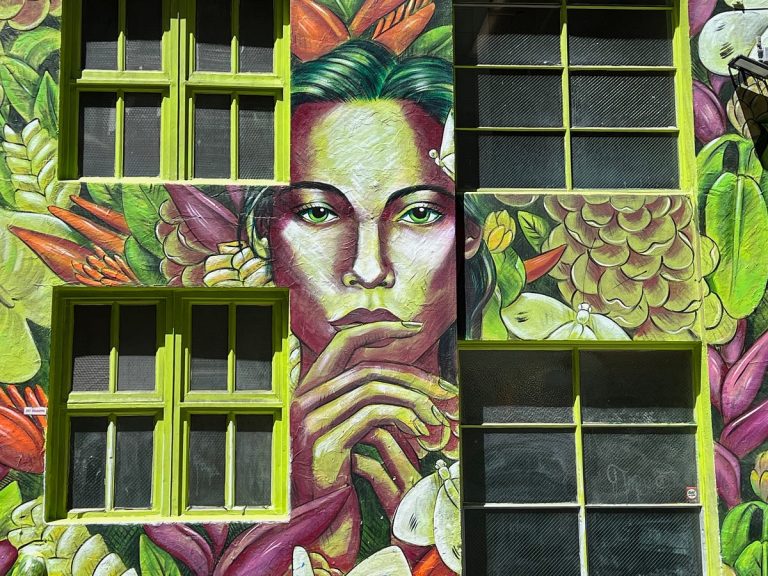I recently came across NBC Radio's coverage of the opening of the San Francisco Bay Bridge in 1936. Aside from my curiosity about how the media would cover such an event nearly a century ago, I was struck by the colorful, clear, and poetic language. From radio reporters describing to their listeners the many festive scenes.
In the era before television and video, good reporting required visual commentary, accompaniments with metaphors, and a “been there” understanding of what listeners needed to hear and feel in order to “see” it in their minds. eye.
There is an unwritten verbal eloquence to these old radio programs, evident in these following examples.
On Navy planes flying in formation across the Bay Bridge: “The planes are all battleship grey, trimmed in the red, white and blue of the national colors… By turning our heads, we can see the aircraft carriers outside the Golden Gate, the mother ships that launched this brood.” The ornament that moves the air from Sunnyvale to Marin.
On the view of the Bay Bridge from the plane: “Now from here, the suspension bridges look for all the world as Mother Nature strung a clothesline over two sets of columns.”
On a view of the Bay Bridge from a boat show: “I can see the waves crashing around the concrete piers. A ferry boat has just passed, and seagulls are circling the stern. And above all, the stillness and the stillness, this wonderful tapestry of suspended cables and supporting lines that… Lead to the road.
Like diving into cold water, listening to these reports shocked and made me aware. As a culture, and with apologies to today's seriously undervalued radio reporters, we have been seduced by the power of images. We admire, enjoy, and glorify these images, whether still or moving, but we find ourselves tongue-tied when it comes to describing them to others in the same simple, emotional language that NBC Radio correspondents so effortlessly used.
In short, in associating ourselves with the convenience and ubiquity of phone photos and video sites, we have fallen short. We share. Or, if we care about narrative, we engage in uninteresting chatter from noun to verb, hoping that the color and context of the images themselves will explain them to us.

